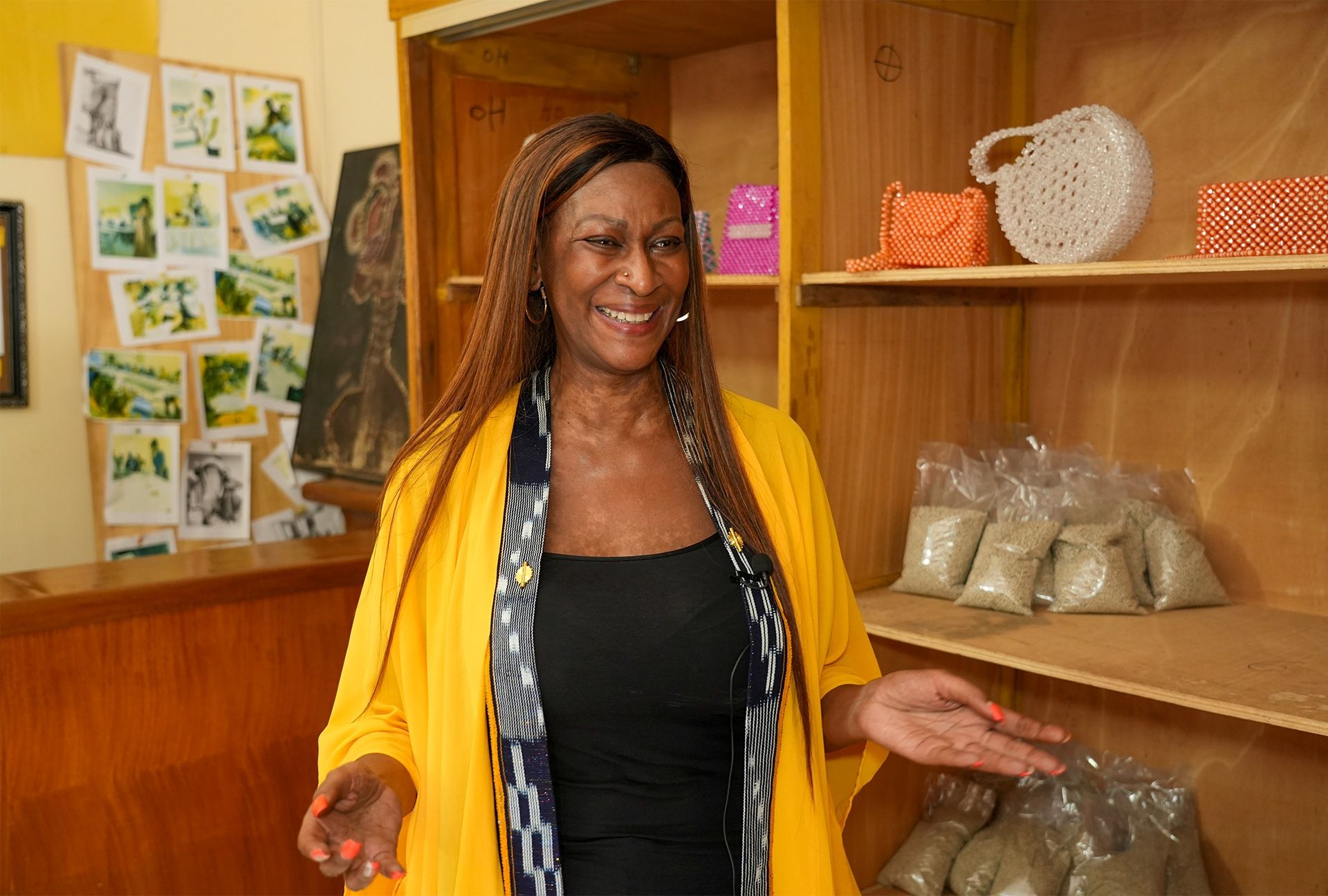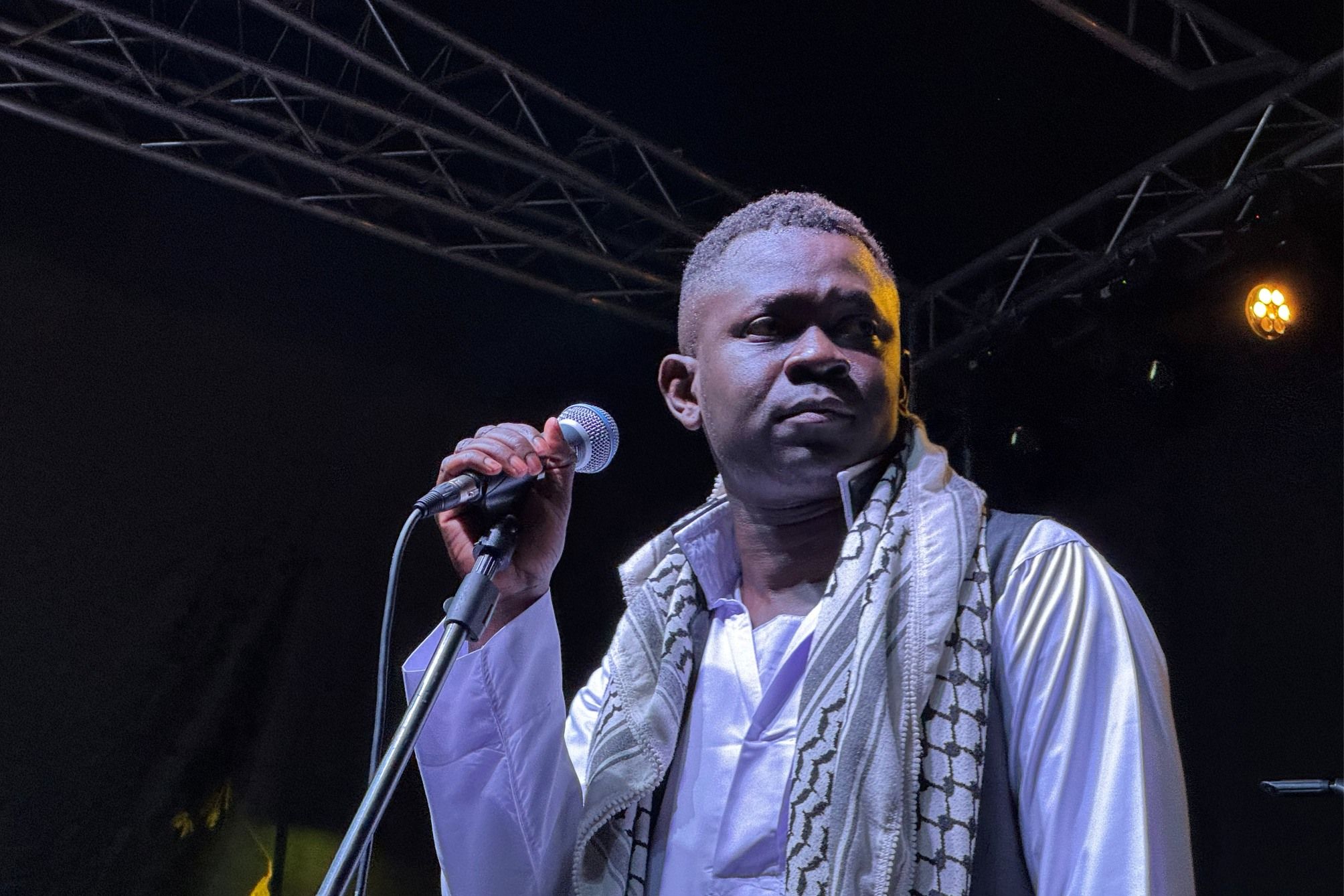Bridge International Academies is a for-profit organization that runs a network of low-cost schools across developing nations in Africa. Since opening its first community school in 2009, Bridge International Academies now operates in over 600 schools and serves over 120,000 students. Founded by husband and wife Shannon May and Jay Kimmelman, its aim is to solve the inaccessibility of education in developing countries.
Equal opportunities
Bridge International Academies' programs serve Kenya, Nigeria, Uganda, and even Andhra Pradesh in India. The average Bridge school charges $8 per month, but a large percentage of their students are on scholarships and are thus able to attend for free. In the communities they serve, where many parents earn as little as $2 a day, these low tuition fees open up a world of opportunities. Even though Bridge explicitly chooses to locate their schools in the most underserved communities, their low fees make education accessible for over 90% of the community population.
Financing
The organization manages to keep tuition costs low by training its own teachers and building their physical locations with inexpensive materials. The average Bridge school costs just a little more than $2,000 to establish. Bridge's main capital comes from investments. Thanks to high-profile social impact investors like the World Bank Group and the International Finance Corporation, Bridge has received over $140 million in funding, which they use to support their teachers and promote higher standards of education in their schools.
Teaching style
Bridge’s former chief academic officer Michael Goldstein explains that Bridge International Academies aims to foster active classrooms. The founders’ experience observing Kenyan public school classrooms revealed that the curricula set by the Kenyan government left students unengaged and passive. Teachers would lecture at the front of the classroom, but students neither asked nor formulated questions.
The typical Bridge classroom session, Goldstein explains, involves teachers reading lessons out of an e-reader for 10 minutes. After a period of recitation, the students then spend the next 20 minutes working in groups to discuss or process the subject.
The company hires American charter school teachers to turn lesson plans into written scripts. These scripts are then loaded into the Bridge teachers’ e-readers, ensuring that every instructor has material to reference for day-to-day lessons, no matter their level of education or preparation. Bridge also provides its instructors with coaching and professional development classes. Teachers are trained on how to use e-readers, conduct interactive lessons, and lead small group discussions.
Results
This unique approach to education has generated very impressive results. In the 2019 Kenya Certificate Education Exam, Bridge students scored, on average, 31 points higher than their peers. The mathematics and reading scores attained by students at Bridge were also two to three times higher than the scores of their peers. In fact, 93% of Bridge students in Uganda passed the top two divisions in national tests, something achieved by only 56% of their peers.
Peter Gatuna outlines that more innovative technology is one of the seven key things Africa needs to secure a brighter future. According to Gatuna, innovations like mobile banking in Kenya and the futuristic projects in the Ngaren Museum of Humanity can help the continent reach the developmental levels currently witnessed in Europe within the current century. And with the e-reader technology used in Bridge Academies, tech innovations can help the continent's educational standards improve year on year.
In many developing countries, where government schools are overcrowded and private schools are too expensive, a chasm of financial exclusion sits between underprivileged children and quality education. In a way, Bridge International Academies’ name seems entirely appropriate for what it sets out to do: bridge this oh so evident gap, as it helps even the most underserved cross gaps that were once unreachable.



